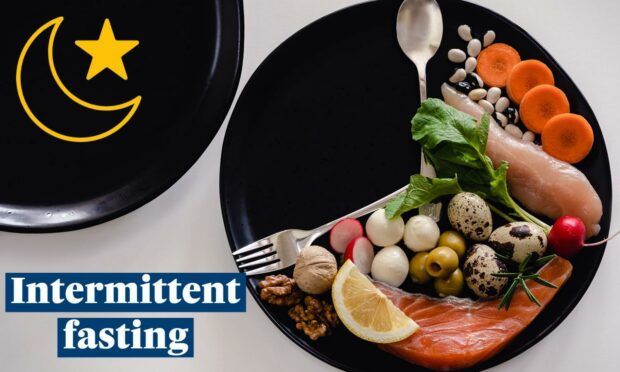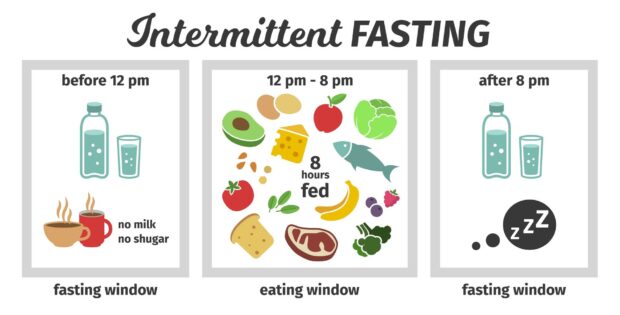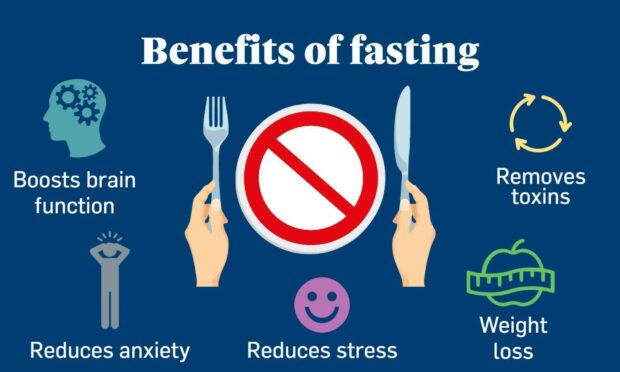With Ramadan just around the corner you might be wondering, what happens to our bodies when we reduce our food intake? And more importantly, is it healthy?
Ramadan is the ninth month in the Islamic calendar and is one of the most important months in the Islamic year.
Usually lasting for around 30 days, Muslims all around the world fast as an act of worship and stop consuming food from before sunrise to sunset.
Despite the act of Ramadan going back centuries, the trend of fasting has become more popular with those feeling the health benefits of it, as well as indications that there might be more to it than just reducing the amount of food you eat.
Intermittent and 5:2 fasting methods
The type of fasting carried out in Ramadan is a form of intermittent fasting, whereby the person can only eat during certain times in the day.
The generic type of intermittent fasting includes 14-16 hours of fasting and 8-10 hours of eating. Participants can have water during the fast and can eat anything within the 8-10 hour window.
This differs slightly from Ramadan with Muslims unable to drink water or eat food, but they share the concept of specific eating times.
Another form of fasting which has grown in popularity is the 5:2 fasting method in which individuals eat normally for five days of the week, and for the remaining two days they are only able to consume 500-600 calories and water.
Many of these types of fasting are used to lose weight and are the base for some dieting apps, including the likes of Noom.
Health benefits
But are there any real health benefits of fasting?
Well, according to Harvard Medical School research has suggested that benefits include reducing weight and belly fat, reducing insulin resistance, reducing stress and inflammation, and improving heart health, cellular repair, brain health and lifespan.
Furthermore, fasting essentially cleanses our bodies of toxins and forces the cells into a process that cannot be achieved when a steady stream of food is available.
When we fast, the body doesn’t have access to the usual amount of glucose and is forced to take energy from other areas of the body, which is why weight loss is experienced.
There is also some evidence suggesting that fasting might even boost brain function due to intermittent fasting reducing oxidative stress, inflammation, blood sugar levels and insulin resistance.
Therefore, despite Ramadan being first and foremost an act of worship, science suggests that there might be more wisdom in the action with regards to bodily health and brain function.



